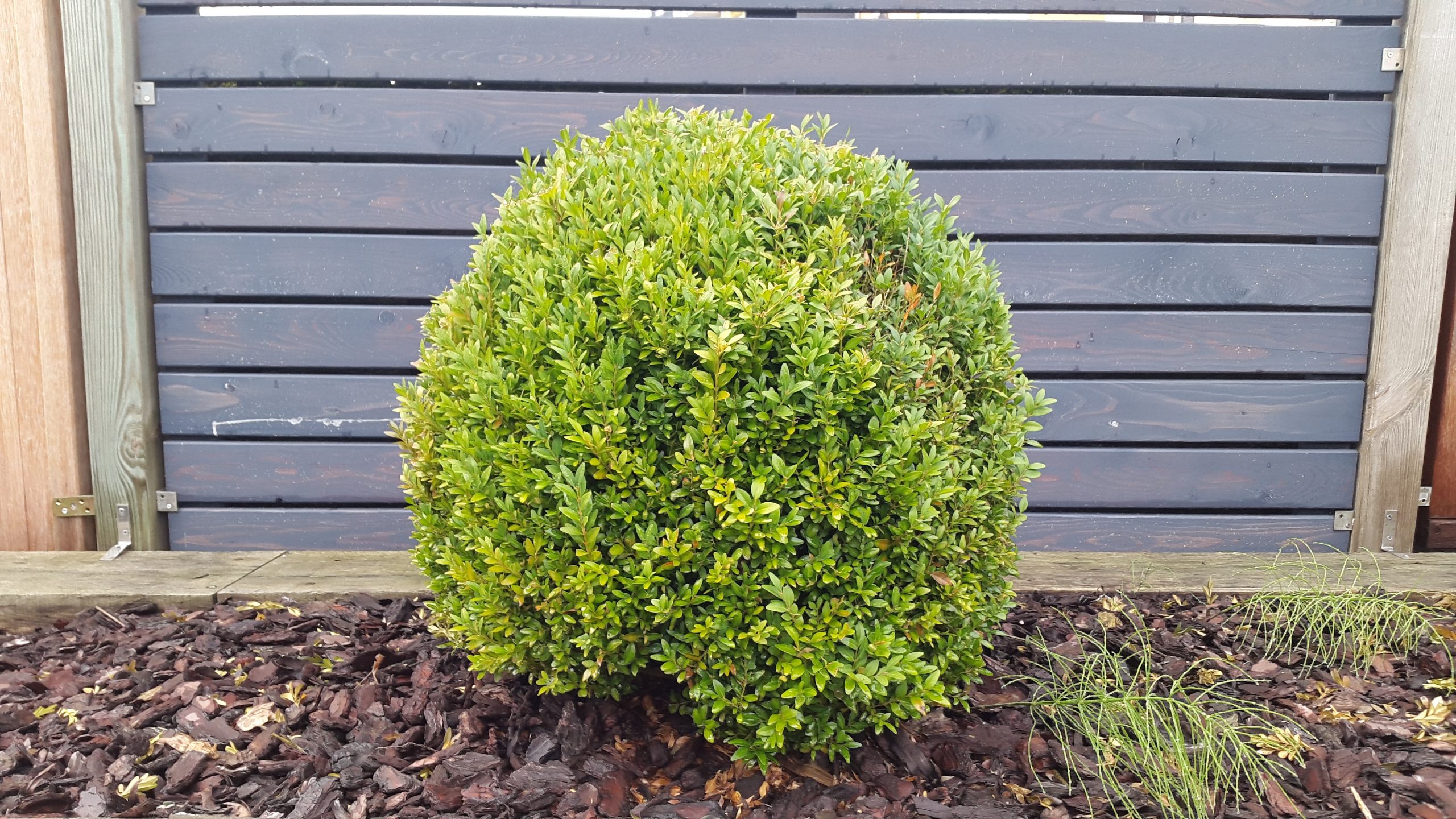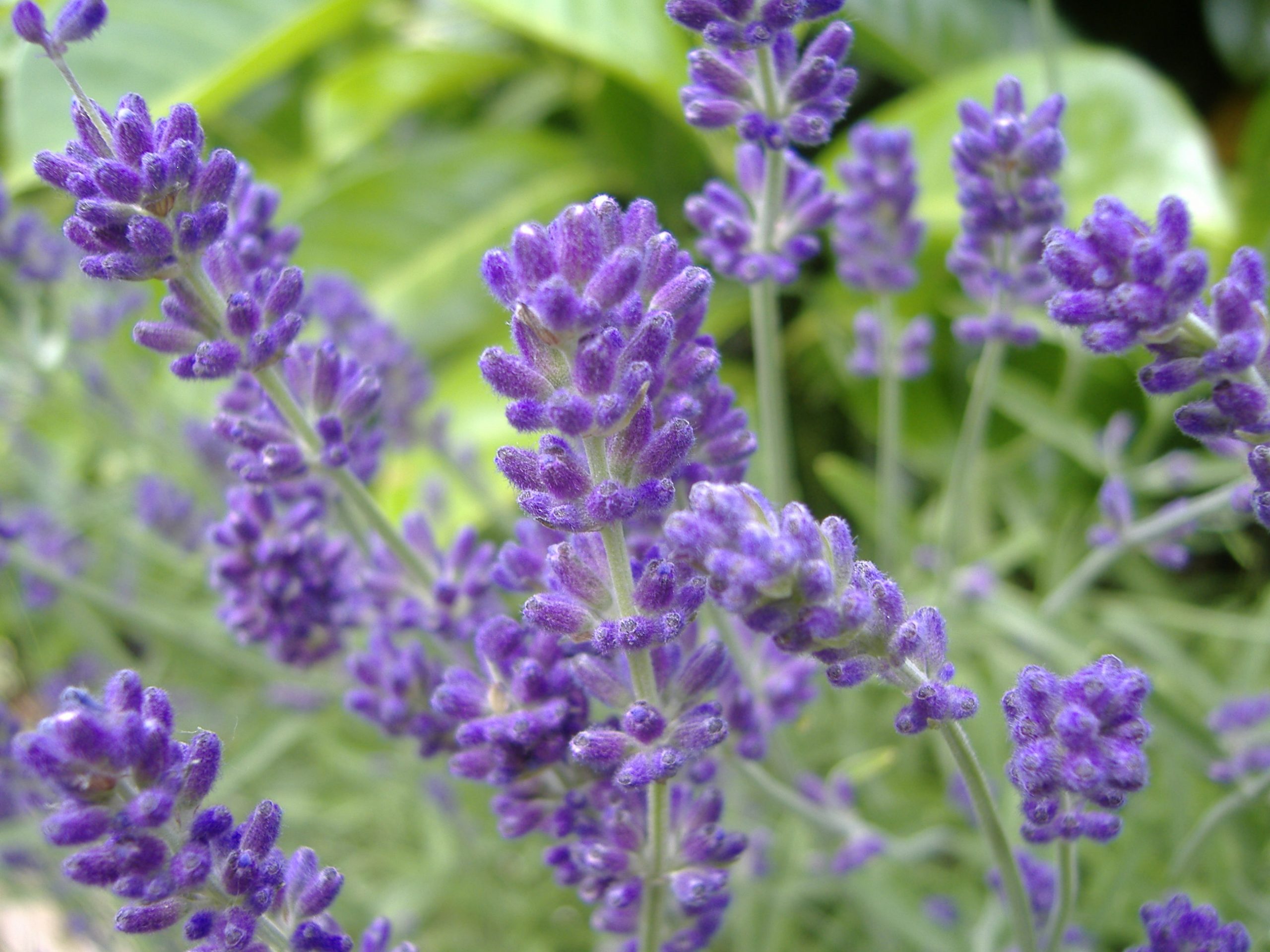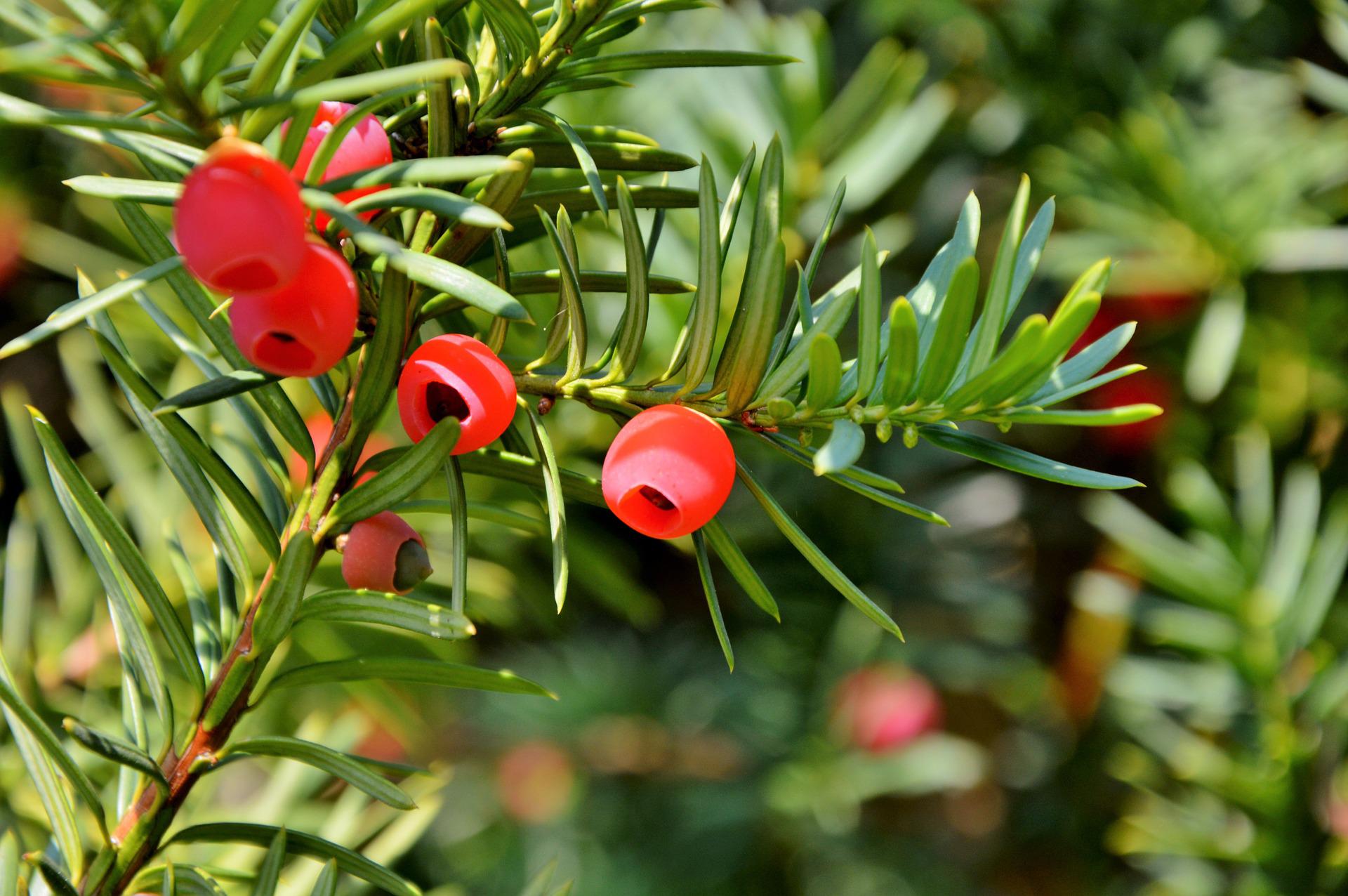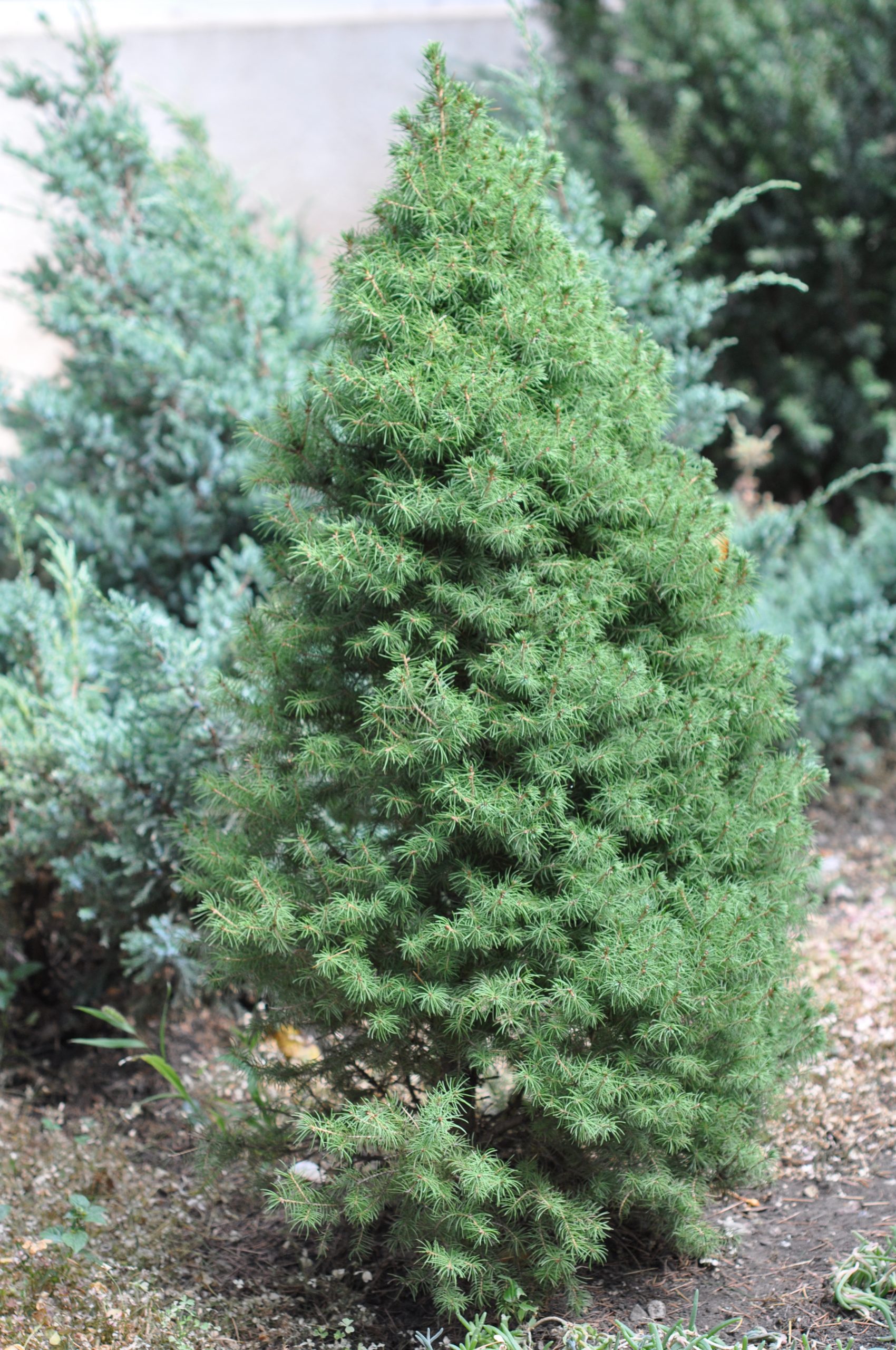If you are looking for a little more classic refinement from your garden plants, the potted topiary is just the thing for you. These beautiful plants are well known for their clearly defined shapes and their ability to add a little pizzazz to your yard, front lawn, or even as adornments to your front door.
If you’ve been wondering how to grow topiaries in pots or even which topiary to grow, you are in the right place.
So, what are the best topiary plants for pots?
- Boxwood Shrubs
- Japanese Holly Shrubs (Ilex crenata)
- Lavender (Lavendular)
- Yew Bushes (Taxus)
- Dwarf Alberta Spruce (Picea glauca)
Keep reading to learn about each of these potted topiaries and how you can grow them.
Boxwood Shrubs (Buxus spp)

Boxwood is an incredibly popular, slow-growing shrub that is perfect for growing in pots.
Although boxwoods are typical large bushes or small trees, there are many dwarf varieties out there that work wonderfully as a pot-grown topiary.
Boxwoods feature densely packed, light green leaves, and their rounded, compact growth makes for the perfect shaping bush for your garden.
However, it is important to note that boxwood is toxic to dogs, cats, and even horses.
- USDA Growing Zone: Zones 5-9
- Color Variations: Light yellow, green to dark green
- Sun Exposure: Full sun, partial shade
- Soil Needs: Well-draining, Neutral – Alkaline soil
Japanese Holly Shrubs (Ilex crenata)

Japanese holly features dense leaf growth that has a branch-type growth pattern.
This evergreen shrub is particularly popular as hedging or as a border shrub but can be grown beautifully in pots too.
Its dark, glossy leaves are quite petite, and in late spring, this shrub has small white flowers that pollinators love.
These flowers, once bloomed, make way for small black, round fruits.
The Japanese holly shrub gives varied interest all year round, and its slower growth means it won’t need to be repotted as often.
- USDA Growing Zone: Zones 5-8
- Color Variations: Mid to dark green leaves, white flowers, and dark black colored berries
- Sun Exposure: Full to partial sun
- Soil Needs: Well-drained, acidic
Lavender (Lavendular)

Lavender is one gorgeous plant we often forget about as being a topiary but grown in a pot with enough room; this perennial plant can become large enough to really make a statement.
Excellent for attracting pollinators in the summer, this fragrant topiary makes a wonderful statement as a potted plant.
This plant features a long flower head of fragrant purple flowers sitting atop long thin stems that can be equally as fragrant depending on the lavender species you choose.
Although many variants of lavender are incredibly harder, some species, such as French lavender, will not live through a very cold winter.
- USDA Growing Zone: Zones 5-9 (depending on lavender species)
- Color Variations: Pink, white, light purple, medium purple, dark purple, blue-purple
- Sun Exposure: Full sun
- Soil Needs: Dry, well-draining & alkaline
Yew Bushes (Taxus)

The popular yew bush has been used as a hedging shrub for decades, but this evergreen plant, with its slim, dark green needles, also makes the perfect potted topiary.
Providing color all year round, you won’t have to worry about bare branches come the winter months and the yew shrub also produces cute cones that make way for bright red berries in the autumn.
Similar in looks to a traditional Christmas tree, this plant actually predates Christmas trees and has always been a very polar choice when it comes to landscape gardening.
However, the bark, berries, and leaves are toxic to humans, dogs, cats, and many other pets if ingested.
Don’t be put off, though, as yew poisoning is still a very rare occurrence.
- USDA Growing Zone: Zones 2 – 10
- Color Variations: Medium to dark green
- Sun Exposure: Full sun to partial shade
- Soil Needs: Moist, well-draining & neutral
Dwarf Alberta Spruce (Picea glauca)

The dense, tightly packed leaves of the evergreen, dwarf Alberta spruce provides an abundance of green foliage all year round.
It grows relatively slowly, only 2 to 4 inches every year, and the needles have that really distinctive conifer smell and are around 3/4 inch long.
Unlike larger conifer species, the draws Alberta spruce rarely produces pine cones, especially if it is kept in a pot, and the dense foliage makes the perfect base for shaping into a wide variety of designs.
Perfect for someone who wants to add a little uniqueness to their garden.
- USDA Growing Zone: Zones 3 to 8
- Color Variations: Mid to dark green
- Sun Exposure: Full sun
- Soil Needs: Moist, well-drained & acidic to neutral

Looking To Buy One Of These Topiary Plants?
Head over to Nature Hills – Americas Largest Plant Nursery.
High quality plants with fast, safe shipping at fantastic prices.
How Do You Grow A Potted Topiary?
To grow a topiary in a pot, you will need to make sure that the pot is large enough for your shrub, including a couple of years of growth, that you use the correct soil, and also that you place it somewhere where it will get the amount of sun exposure it needs to thrive.
Depending on what topiary you decide to go for, the care requirements may differ slightly, but most require well-draining soil to be kept moist but not soggy and to be regularly trimmed.
Your topiary will also need to be trimmed annually to train and maintain the shape you desire.
You will want to pick an evergreen shrub for ease when it comes to maintaining your topiary’s shape, but if you’re a little more adventurous, plants like rosemary and lavender can also become topiary shrubs.
How Do You Keep A Topiary Plant In Shape?
To keep a Topiary plant in shape, it needs to be trained and trimmed regularly.
The word topiary actually is the name of the art of tree shaping, not a specific type of plant.
All the fancy-shaped bushes and hedges you see on more formal estates are created using topiary skills.
To keep your plant in shape, you will either want to buy a plant that has already been trained to your desired shape; this could be a cube, a ball shape, or even something more detailed like a bird shape, and you will need to trim and clip your shrub every year – usually in the early to late summer – to maintain its shape.
If you don’t, eventually, it will grow out wild and lose its shape.
If you are growing your own topiary, you will have to train your shrub first.
This can take a few years and requires a lot of patience and also the imagination to see where your shape is going so that you know what parts to clip and what parts need to be left alone.
It’s not difficult and definitely works out cheaper, but it does require a little more dedication.
Best Practices When Growing Topiary Plants In Pots
If you are ready to bring your garden or doorway to life with a stunning potted topiary, here are some of my top tips to get you started.
Pot Size
The size of the pot you are going to use for your topiary is an important decision. You want to make sure that not only is there enough room for a couple of years of root growth, but you’ll also want it to be heavy enough and wide enough to support your topiary’s weight and height.
The last thing you want after spending ages perfecting its shape is for it to get blown over every time there is a gust of wind.
You’ll also want a pot that has plenty of drainage holes so that the soil your topiary is sitting in doesn’t get wet and soggy.
This can drown your plant’s roots, make way for root rot, and weaken your plant, so it becomes more susceptible to disease and pests.
Type Of Soil
Making sure that you choose the correct type of soil for your topiary shrub is incredibly important, especially if you are growing it in pots, as the level of nutrients in potting soils falls far quicker than direct to ground planting.
Research your chosen shrub, and most garden centers will have a wide variety of soils and compost available, so this actually shouldn’t be an issue.
Positioning
If you have a specific place for your topiary in mind, this may influence your shrub choice immensely.
Some topiary shrubs love full sun, whereas others prefer a soft dappled shade.
Make sure you are picking the correct plant for the area, or find a new spot for it if you have your heart set on a particular species.
Final Word
Topiaries bring an extra level of class and uniqueness to a garden space, and, aside from their clipping needs, they can be fairly hardwearing.
So even the most non-green thumbed of us all should be able to find a topiary fit for their skills and needs.
Most topiary-friendly shrubs are also evergreens, so you can have a beautifully shaped plant all year round.
Once established, your topiary shrub could live for decades if probably cared for.
Other guides in this series:

